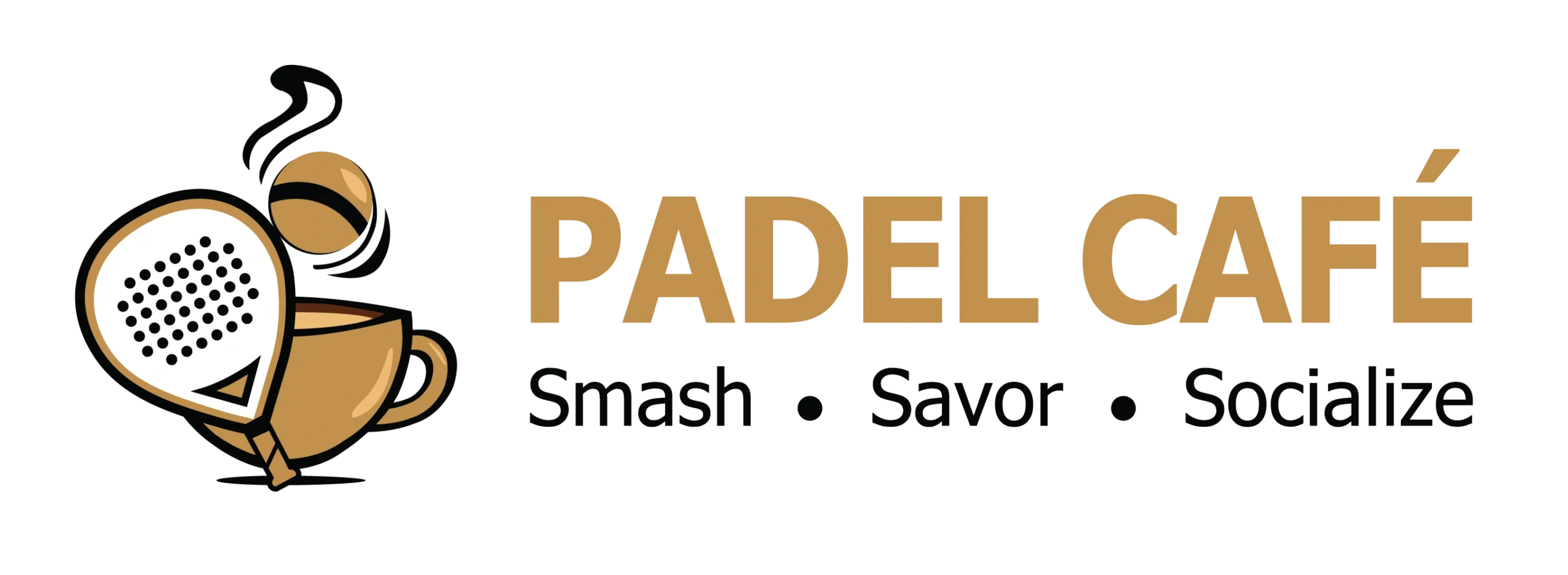Padel is a racket-based game, and unlike its sister games, tennis and squash, this one offers more than just a sporty experience. True, the game is full of fun and excitement, but it’s more than just that. This game also includes smart moves and techniques that can improve your playing experience.
From beginners to seasoned players, padel strategy is what helps turn the tables, giving the win over the opponents. So, what is this padel strategy, and how to improve for a winning match? This article enlists small tips and tricks that can help padel enthusiasts improve their strategy and gameplay.
What is A Padel Strategy?
Padel strategy refers to the tactics and wise decisions that help players outplay their opponents during a match. Since padel is played in a walled court and nearly always in doubles, an effective padel strategy helps a great deal in shifting the game in one’s favor.
Padel strategy demands being mindful of the following:
- Position in the court
- Walls’ usage
- Net coverage
- Forward and backward court movements
- Shot selection
- Collaboration with the team player
How to Improve Your Padel Strategy?
Let’s explore what it takes for a padel player to improve their strategy while playing on a padel court.
1. Wisely choose your side of the court.
Although a racket-based game like tennis, padel is almost always played in doubles. And yet, padel is somewhat an easy and more engaging game; it has a strategy rooted deep in it. The side of the court you choose to play on can have a significant impact on your gameplay.
Choosing the side of the court that matches your skill level is one smart way to improve your padel strategy. Each side of the padel court—left or right— demands a different set of skills and expertise that can put the player in the winning stance.
Know Which Side of the Court Suits You Best!
Understanding which role fits you best, ensuring proper court coverage becomes easier. You can then have effective communication with your teammates and play to the maximum of your strengths.
As a player on the left, you can easily finish points and play more offensive shots. Choosing the left side might suit you better if:
- You’re someone who likes aggressive play
- You enjoy smashing
- You have a strong forehand (especially if you’re right-handed)
Right-side players often set up plays and return more serves, controlling the rhythm of the game. The court’s right side might be your best spot if you:
- Like a strategic play
- Can remain steady under pressure
- Build points patiently
2. Master the serve.
Like any racket-based game, the serve is the starting point in padel as well, making it a crucial aspect of your game. The way you play your first shot can determine your entire gameplay.
- Focus on consistency and accuracy instead of power.
- Aim to place your serves strategically.
- Practice different serve variations, such as underhand and slice serves, to add unpredictability to your game.
3. Use the walls to the maximum extent to your advantage.
The glass walls are an essential part of the game. This is also one of the unique features of padel sport. Understanding the use of walls can give you the strategic edge you need to win the match.
Prior to the match, practice hitting the balls to the back and side walls. This helps in creating challenging shot angles for your opponents. In case of a speedy shot from your opponent, wait until the ball bounces off the wall. This will give you time to adjust your position and strike back for a point, gaining control of the rallies.
4. Develop a strong net play.
One of the most effective ways to gain a tactical advantage in padel is by developing a strong net play. Like the use of glass walls, a strong net play can shift the match momentum in your favor. Here’s how it helps!
- By positioning near the net, you can cut off volleys early and reduce the reaction time of your opponent.
- Near the net, the distance to the opponent’s court shortens, making it easier to hit fast, deep shots.
- With proper net coverage, you get better angles to finish points with precise volleys and powerful overheads.
- Maintaining a stronger position near the net limits the opponent’s shot options.
- It helps create pressure and open gaps in the opponent’s position.
- Aggressive play near the net increases your chances of scoring and disrupts your opponent’s rhythm.
5. Master the court movements.
One of the most critical skills in padel is learning about court movements—how and when to move. Strategic court movements give you the upper hand, forcing your opponent to play reactively. In a dynamic game such as padel, your position on your court significantly impacts the shot you play.
If you’re near the back of the court and your opponents are holding the net, the best move you can make is to lob the ball deep (hitting the ball high and deep into the opponent’s court). If you are positioned near the net, play deep shots or use topspin, keeping your opponents to the back of the court. Such movements are best when you are in an offensive position.
In contrast, when you are defending, move to find smart angles and use lobs to break your opponents’ rhythm. Keeping a focus on consistency is the key here.
In most competitive rallies during padel tournaments, you need to move back and forth many times as your offensive and defensive stances continuously shift. Here are some movement tips to keep your strategy sharp:
- Keep your shots within court boundaries at the right pace and height.
- Maintain good footwork, as it keeps you balanced and ready for every shot.
- Make your opponent’s move difficult by directing balls toward their weaker side or space.
- Know your best shots and use them strategically.
- Observe the opponents’ weaknesses and capitalize when they count.
6. Communicate effectively with your court partner.
Padel is mostly played in doubles, making communication with your partner essential yet easier. For proper coordination and shot selection during the play, you should establish clear signals and verbal cues. It helps ensure that you and your partner are on the same page, improving the overall team performance.
For example, you can develop pre-set signals, such as:
- 1 finger = lob
- 2 fingers = drop shot
- Thumbs up = volley
- Fist = switch sides
Final Words
Improving your padel strategy and game technique involves a combination of understanding the fundamentals, practicing key skills, and maintaining effective communication with your partner. This article highlights the key considerations that can help you improve your padel strategy and game technique.
By focusing on areas such as serving, footwork, net play, and anticipation, you can enhance your court performance. So, gear up, step foot onto the court, and play a strategic win!


0 Comments